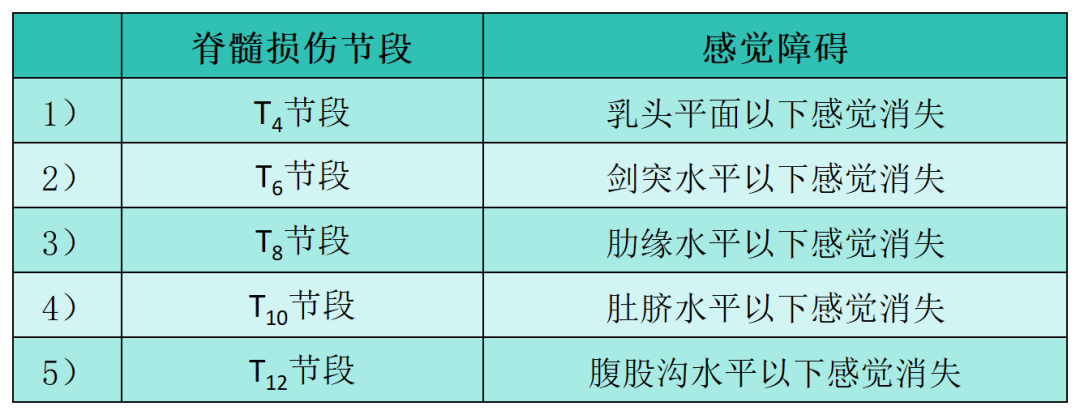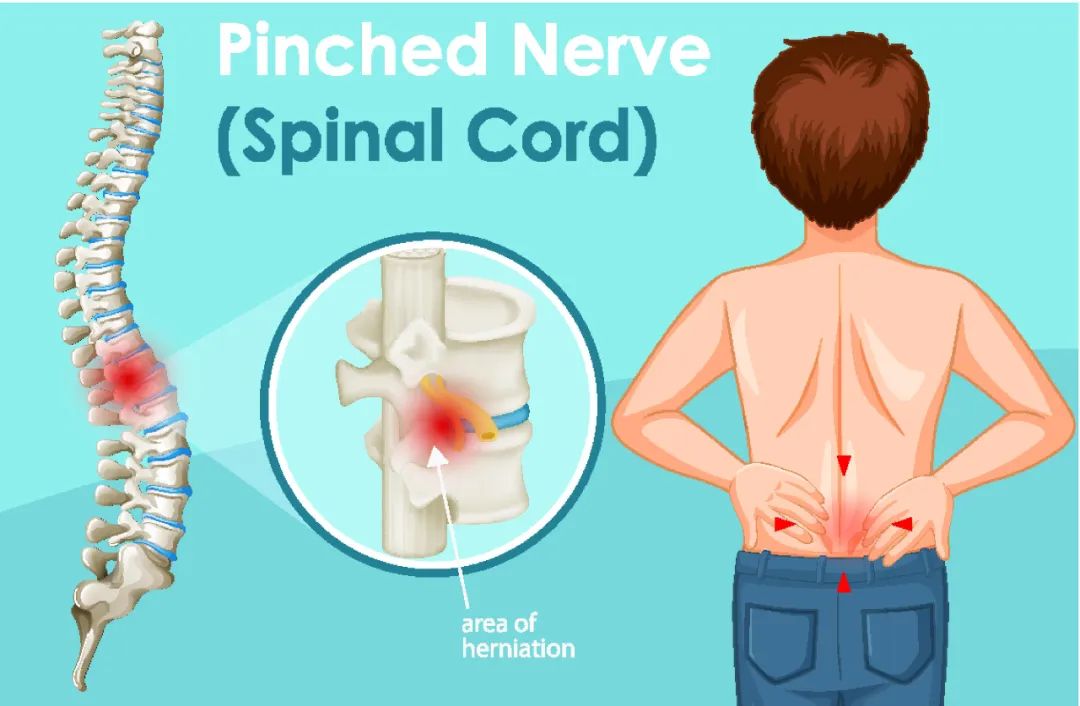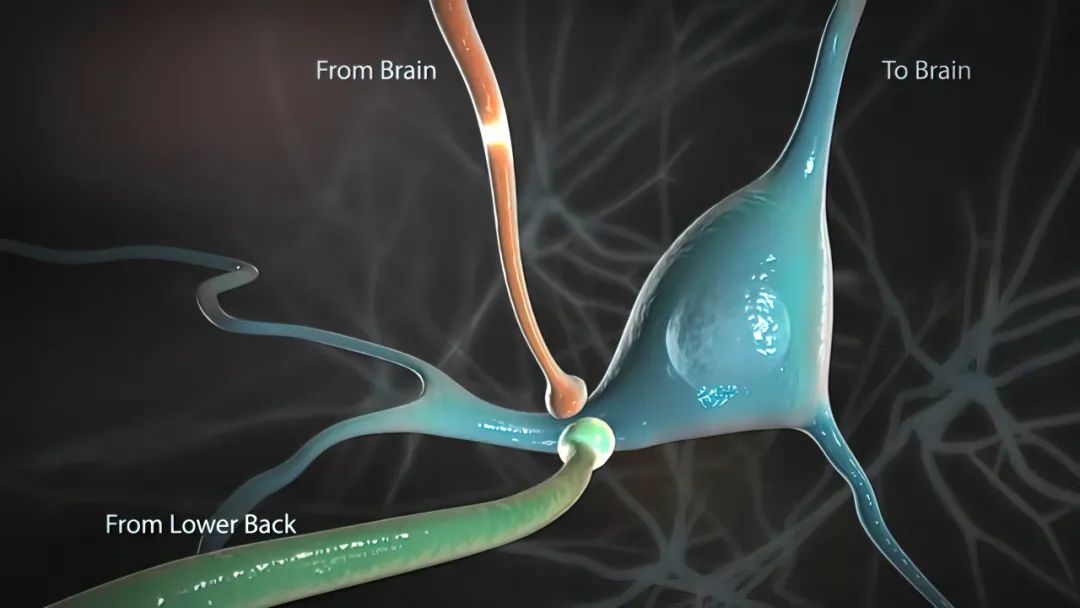
Source: International Stem Cell Research
According to the World Health Organization, 250,000 to 500,000 people worldwide suffer spinal cord injury every year due to trauma and other causes, and the existing symptomatic treatment is more limited.
With the continuous development of stem cell therapy, scientists from all over the world have invested in the research of overcoming spinal cord injury, and the initial results have been achieved. In 2018, the Japanese Ministry of Health, Labor and Welfare approved the listing of autologous mesenchymal stem cell therapy products (Stemirac) for the treatment of spinal cord injury and was included in the National Health insurance, bringing a new dawn to the road of recovery for spinal cord injury patients.
Spinal cord injury

Spinal cord injury refers to the injury of the spinal cord and its function due to fall, sports injury, traffic accident, disease and other reasons. Patients often suffer loss of sensory and motor function, and even paralysis, which seriously affects the physical and mental health of patients and causes a heavy financial burden to families.
What are the risks of spinal cord injury?

1、Functional impairment
The spinal cord is the link between the brain and the body, and is responsible for controlling the body's movement, sensation, and autonomic nervous function. Once the spinal cord is injured, the movement, sensation, reflex, visceral perception and other functions of the spinal cord below the injury site will be partially or completely lost, and patients may have abnormal sensory abilities such as pain, touch, temperature, pressure, and even paralysis in severe cases.
2、Other hazards
People with spinal cord injury may also have respiratory, genitourinary and skin problems, such as bedsores and incontinence.
Why Stem cells can treat spinal cord injuries
Stem cells have the potential of self-renewal and multi-differentiation, and can differentiate into different types of cells such as nerve cells under specific conditions, and have the potential to repair damage, regenerate neural networks, and promote nerve recovery. Moreover, a number of basic and clinical experiments using stem cells to treat spinal cord injury have achieved promising results. Stem cells play a therapeutic role through the following mechanisms:
1、Paracrine characteristic
Stem cells have significant secretory and paracrine activities, which can support the regeneration and proliferation of residual neurons and protect surviving neurons by secreting neurotrophic factors, such as nerve growth factor, brain-derived neurotrophic factor, glial derived neurotrophic factor and other factors.
2、Immunomodulation
Stem cells can also play an immunomodulatory role by secreting interleukin-10 (IL-10), transforming proliferation factor-β (TGF-β), etc., helping to control neuroinflammation, thereby reducing the damage of surrounding tissues and inhibiting the occurrence of secondary spinal cord injury.
3、Repair nerve damage
Spinal cord injury can lead to the death of neurons and glial cells, in addition, progressive demyelination can lead to degeneration of axonal fibers, which can disrupt axonal glial signaling.
Stem cells have the ability to differentiate into glial cell lineages (including neurons, oligodendrocytes and astrocytes), which can inhibit gliosis, myelinate exposed axons, promote better growth of neurites, and provide nutritional support for endogenous cells, thus conducive to the recovery of spinal cord injury.
4、Other
Stem cells can participate in tissue regeneration and functional recovery after spinal cord injury, and can further promote blood-spinal cord barrier repair, blood vessel and nerve regeneration after transplantation to the injury site, and finally achieve the purpose of improving spinal cord injury.
Which stem cells can treat spinal cord injury?

Currently, the main stem cell types used in spinal cord injury treatment include umbilical cord mesenchymal stem cells, autologous adipose mesenchymal stem cells, and bone marrow mesenchymal stem cells.
1、Umbilical cord mesenchymal stem cells
It has strong differentiation, migration and protective properties, and can inhibit the formation of glial scars by regulating matrix metalloproteinase 2 (MMP2). It can also reduce the production of reactive astrocytes and protect neurons from apoptosis, so as to alleviate spinal cord ischemic damage, relieve abnormal pain and improve motor function.
Studies have shown that patients with compression fractures who receive umbilical cord mesenchymal stem cell therapy have improved lower extremity motor function and expanded the atrophied spinal cord. After 1 year of umbilical cord mesenchymal stem cell therapy, the somatosensory evoked potential and neuropathic pain of patients with complete cervical spine injury were significantly improved and alleviated in 2 years.
2、自体脂肪间充质干细胞
Prevent hypoxia and ischemia by producing neurotrophic factors and prevent glutamate neurotoxicity; It can also inhibit immune activity and promote cell survival and tissue repair by inhibiting the secretion of anti-inflammatory factors and the reactivation of astrocytes.
According to the Mayo Clinic, a 53-year-old patient suffered a spinal cord injury in his neck due to a surfing accident, resulting in a complete loss of physical function, and although subsequent surgery, physical and occupational therapy was able to regain slight movement in his arms and legs, he was still unable to walk. The patient received autologous adipose mesenchymal stem cell therapy 11 months after the injury, that is, a small amount of autologous adipose tissue was extracted from the patient's abdomen to expand and grow the stem cells, and then the cultured stem cells were transfused back into the patient to complete the treatment. At regular follow-up within 18 months after treatment, the patient's grip, grip strength, and hand flexibility were found to be improved; Patients' 10-meter walking test also improved from 57.72 seconds to 23 seconds. Walking ability test improved from 635 feet in 12.8 minutes to 2200 feet in 34 minutes.
In addition to the United States, Japan also has a clear advantage in the application of autologous adipose mesenchymal stem cell therapy. Interested partners can consult the International Department of Stem Cell Research Medicine to learn more about more treatment progress at home and abroad.
3、Bone marrow mesenchymal stem cells
It has the ability to differentiate into neurons and glial cells, and can reduce inflammation, improve neuropathic pain, and promote the recovery of hind limb motor function by regulating astrocyte proliferation, promoting the formation of neuronal precursor tissue bundles, and improving the microenvironment of the injured site.
Summary and prospect
Spinal cord injury will cause multiple physical and mental damage to patients, and will cause heavy economic burden and nursing pressure to the family, it can be said that an accident, the impact is often a family, what is worse is that the traditional treatment is difficult to regenerate the damaged neuron cells, which also makes the treatment of the disease difficult.
In recent years, with the progress of medical research and technology, stem cells with nerve regeneration and neuroprotection have opened a new chapter in the treatment of spinal cord injury. Although it is still in the clinical trial stage, the future is expected to adopt traditional methods such as stem cell combined rehabilitation therapy and electrical stimulation according to the individual conditions of patients and the characteristics of spinal cord injury to improve the efficacy and achieve precision medicine.